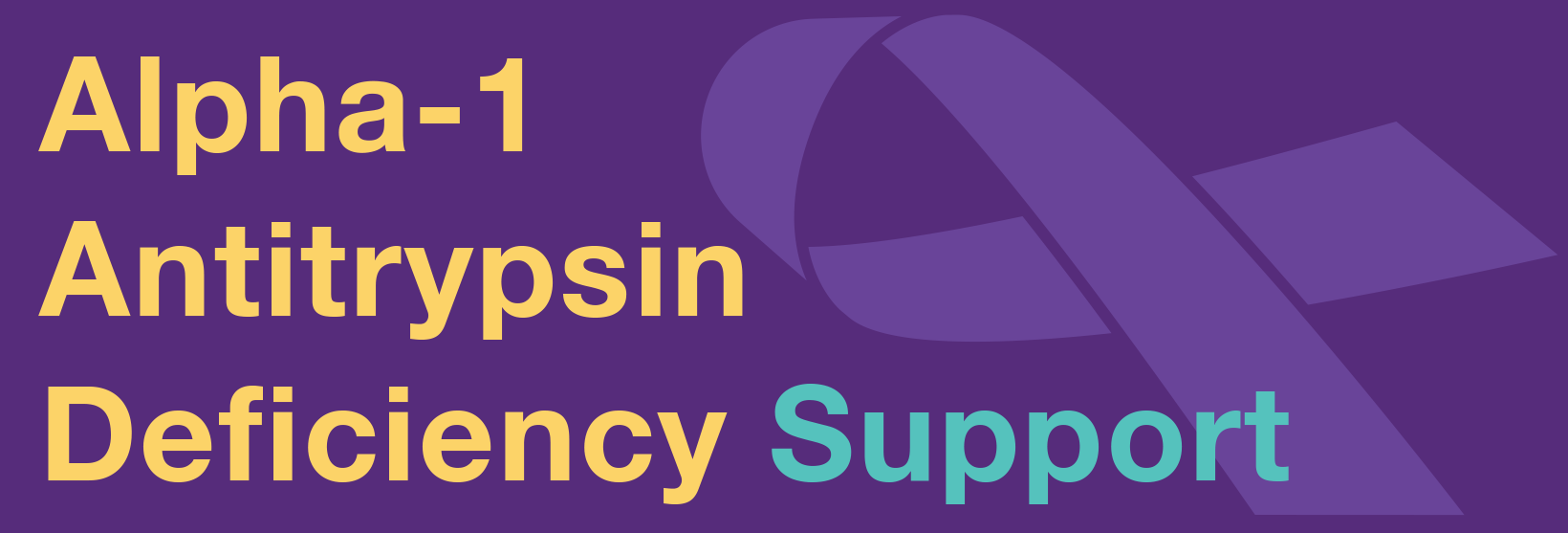- Blood bilirubin level – a toxin usually removed in the bile, high levels cause yellow skin and eyes (jaundice)
- AST/ALT – high levels in blood show damage to liver cells today, high (10x) elevations need further evaluation
- Alkaline Phosphatase (alk
phos ) and GGT (gamma GT) – high levels show damage to bile ducts - Blood albumin level –
protein made by the liver, commonly low in blood ifliver is very sick - INR (also PT/PTT) –
test of blood clotting, commonly abnormal ifliver is not making blood proteins or if fats not well digested - Ammonia (NH3) – a toxin in the blood that commonly rises if the liver is sick
- Ultrasound (US) – makes a picture of the liver and bile ducts using sound waves (can be
damage and still have a normal ultrasound) - CT Scan (CAT scan) – makes a picture of the liver and bile ducts using x-rays
- MRI – makes a picture of liver and bile ducts, also measures fat and scar tissue
- Fibroscan, ARFI, SWE – Non-invasive measures of liver scar tissue (“fibrosis”), commonly used instead of or between liver biopsies. If normal or very high, then predictive but
middle result is most useful as a trend over time. - Liver biopsy – Insert a needle into the liver through the skin, takes a piece the size of a toothpick for direct examination. This is considered the best way to be certain of what level of damage the liver has suffered. (In an Alpha, the whole liver is affected, so that biopsy tends to be quite accurate even though it’s only sampling a very small piece.)
This was roughly transcribed from a talk Dr. Jeffery Teckman gave at the 2019 St. Louis Alpha-1 Education Day – https://www.facebook.com/Alpha1Foundation/videos/392606564894061/

